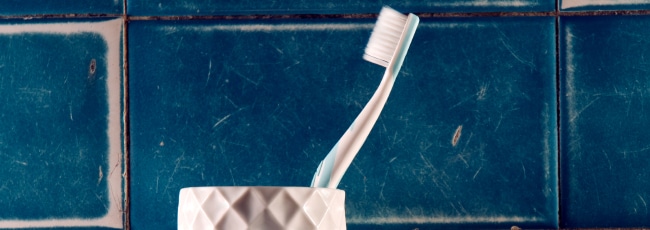Why Is Sodium Lauryl Sulfate In My Toothpaste?
Tuesday - September 20th, 2016

If you look at your toothpaste label, you may see many unfamiliar ingredients. There’s one in particular that’s very common, and sometimes controversial: sodium lauryl sulfate.
What it is: Sodium lauryl sulfate (also known as SLS, sodium dodecyl sulfate, or sodium laurel sulfate) works as a detergent and a surfactant in toothpaste.
- As a detergent, SLS helps loosen and scrub away food particles.
- As a surfactant, SLS helps create foam, making it easier to spread the toothpaste around your mouth. It also helps pull debris and stains away from the surface of teeth.
- SLS is also known to be anti-bacterial, which helps to slow the growth of plaque in the mouth.
- Little-known fact: SLS is also responsible for making food taste different after brushing, like a sip of orange juice that tastes bitter. The reason? It inhibits your taste buds ability to taste sweetness, while also enhancing their sensitivity to bitterness.
- Avoiding SLS: Some people with sensitive skin find SLS irritates them or causes an allergic reaction. Fortunately for these people, there are several SLS-free toothpastes. These can be found at your local convenience store.
Sources:
- http://science.howstuffworks.com/chemistry-in-a-tube-of-toothpaste-info3.htm
- http://mentalfloss.com/article/20151/why-does-everything-taste-bad-after-you-brush-your-teeth
- http://www.tomsofmaine.com/ingredients/overlay/sodium-lauryl-sulfate
- http://www.snopes.com/inboxer/household/shampoo.asp

